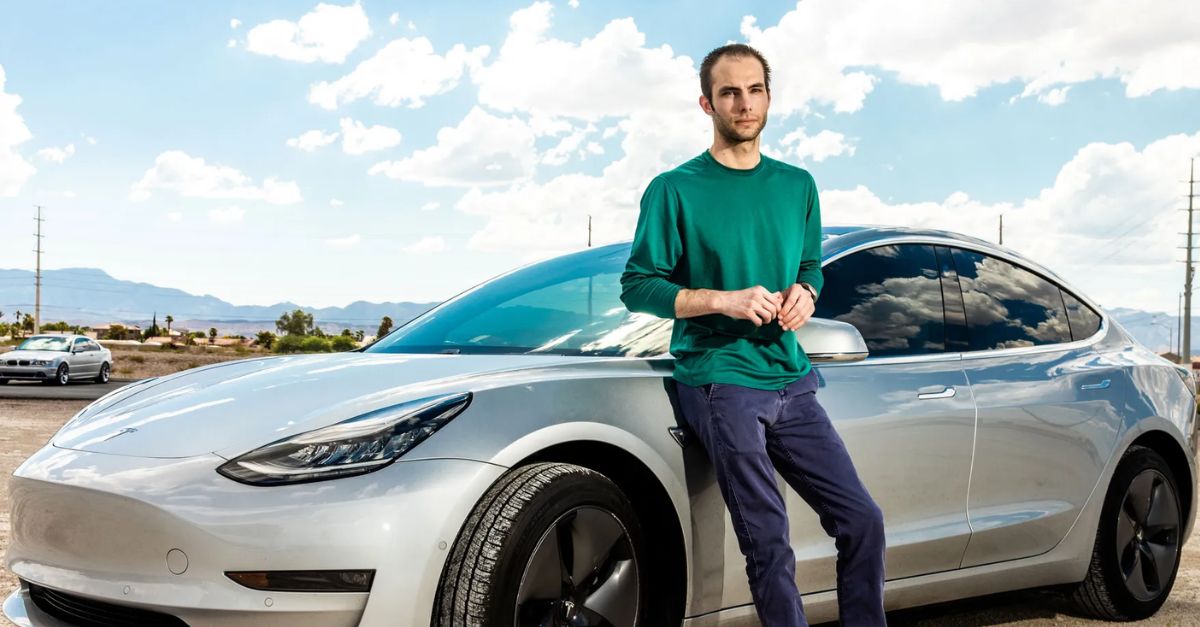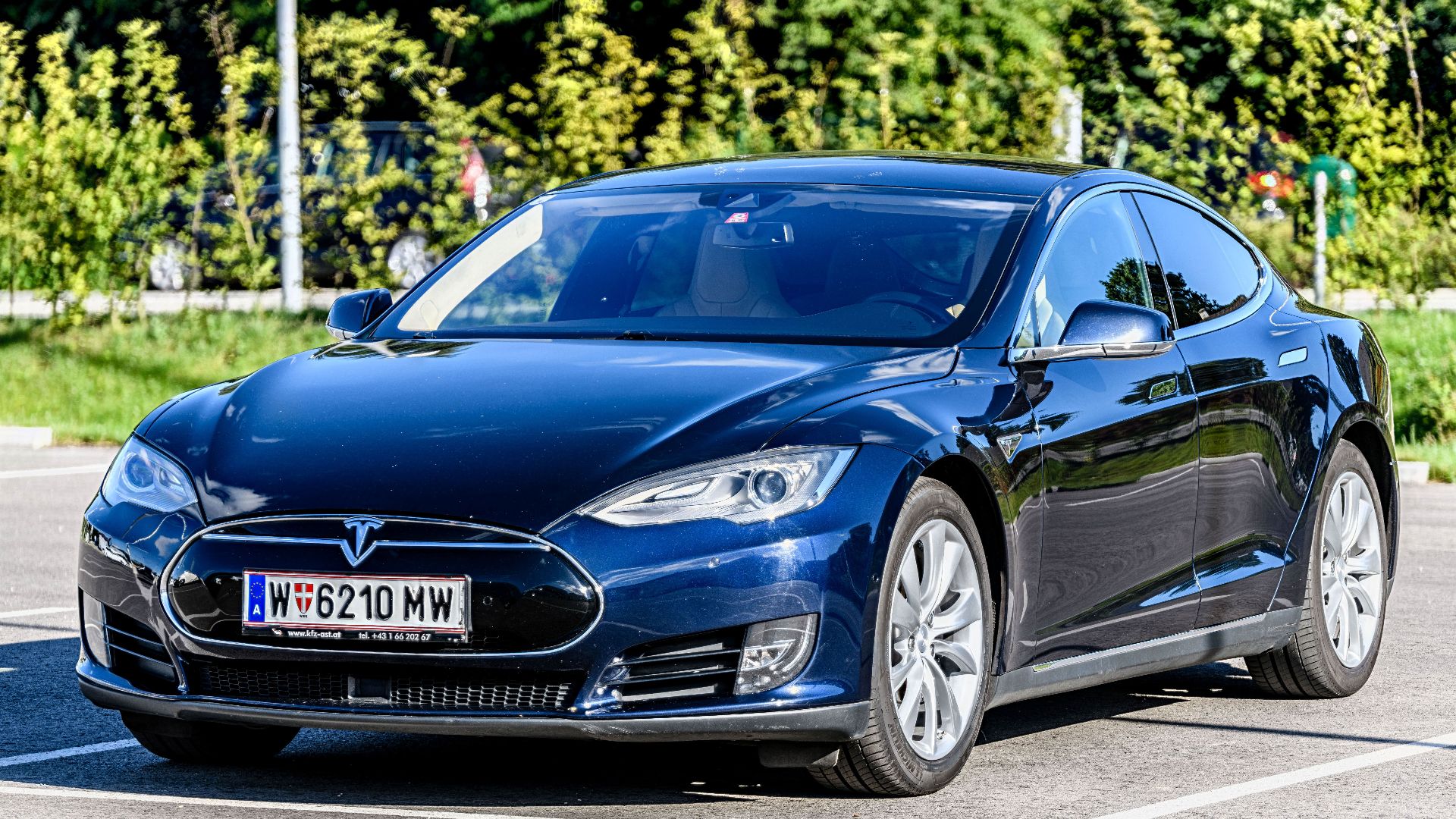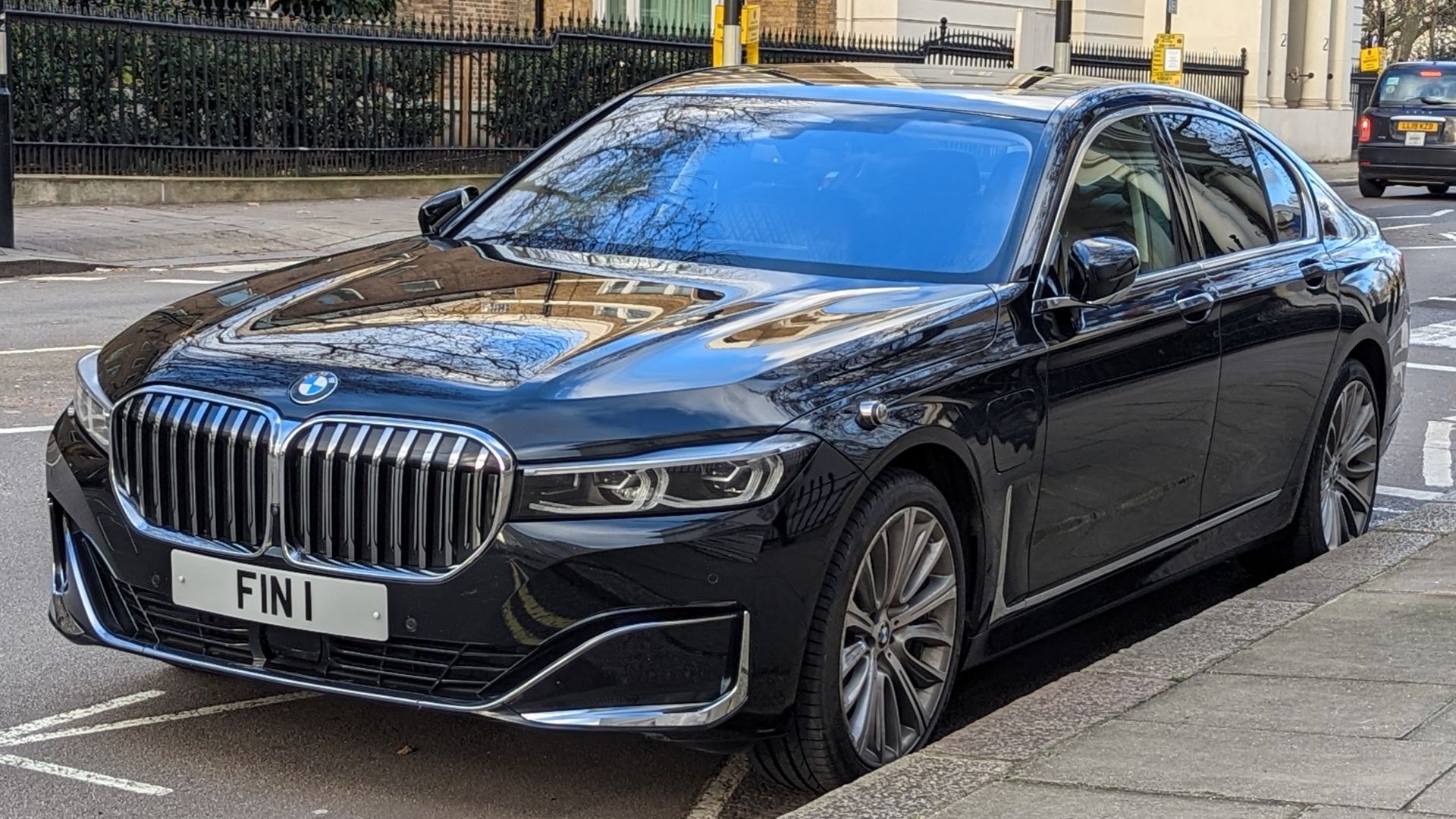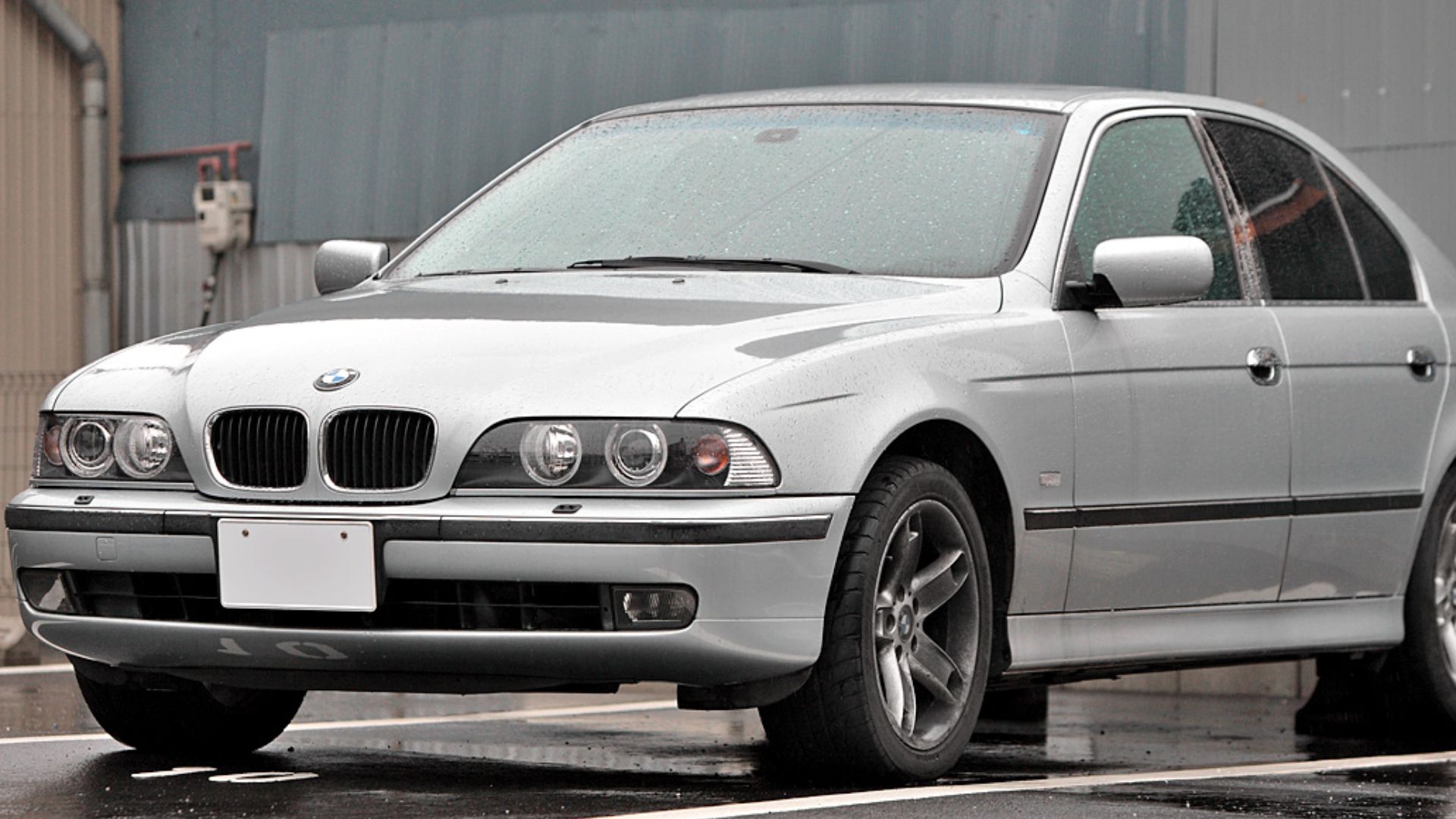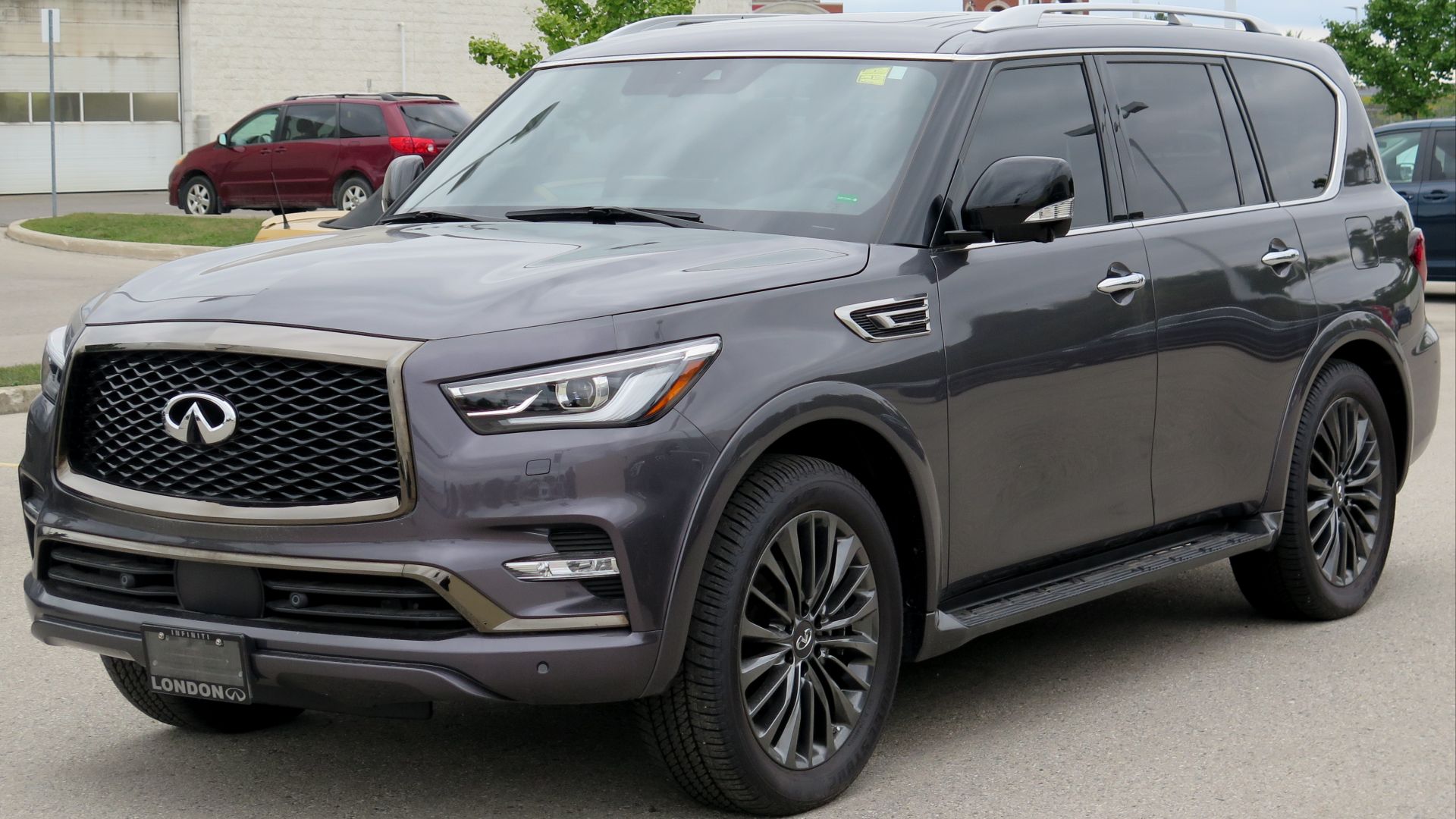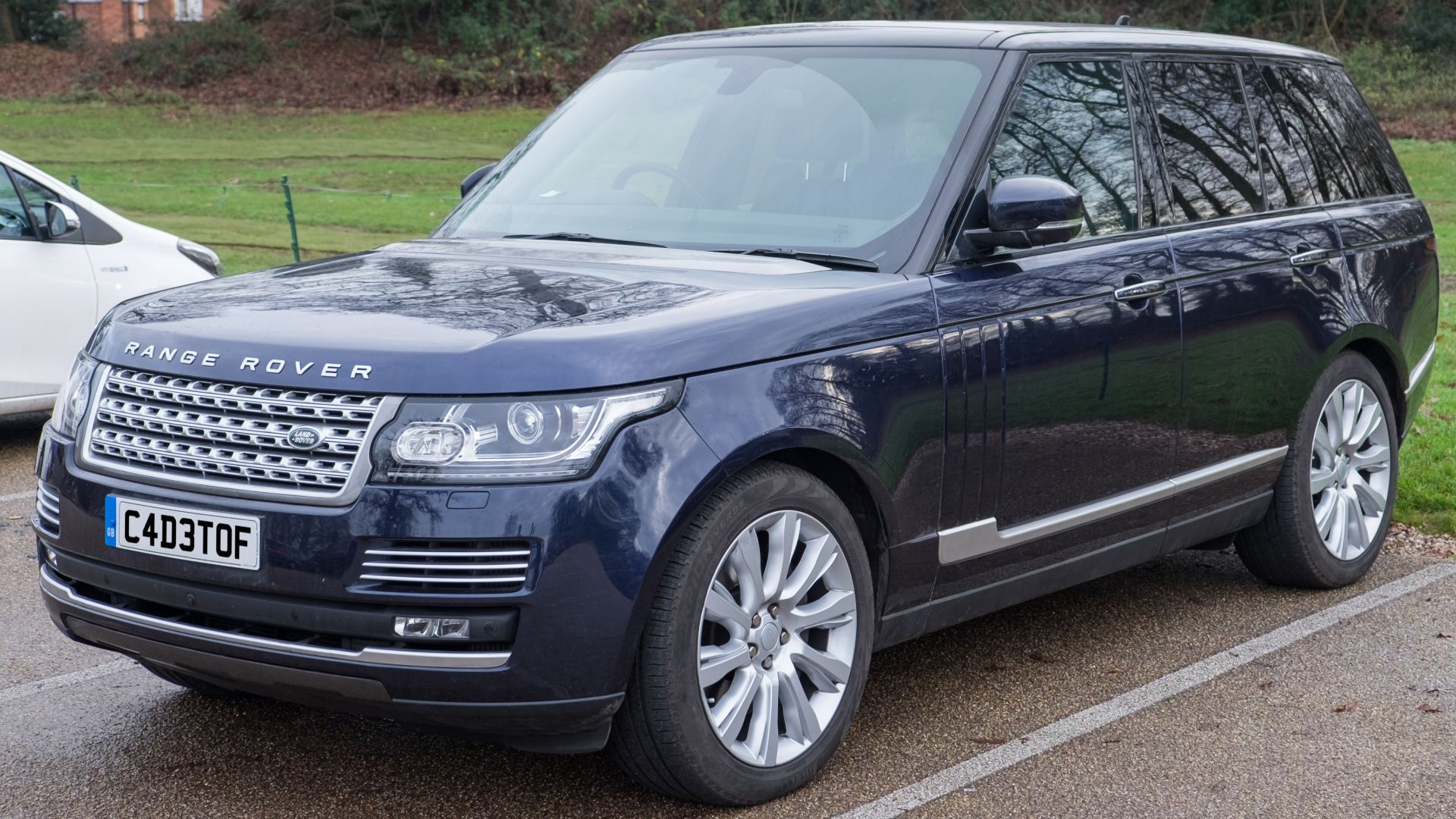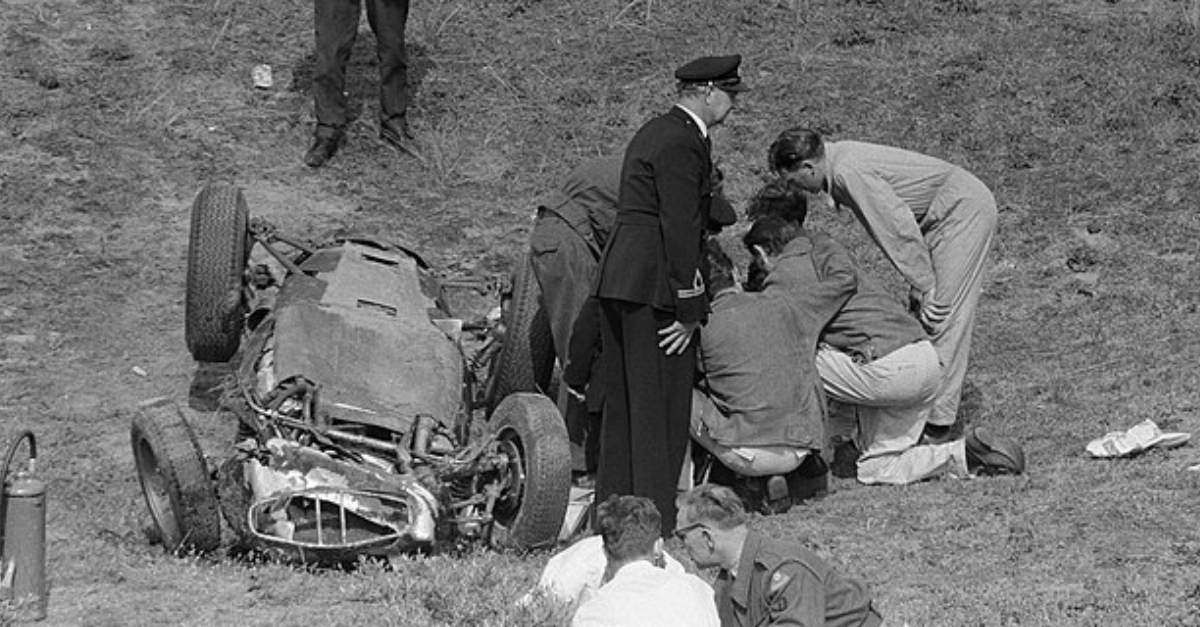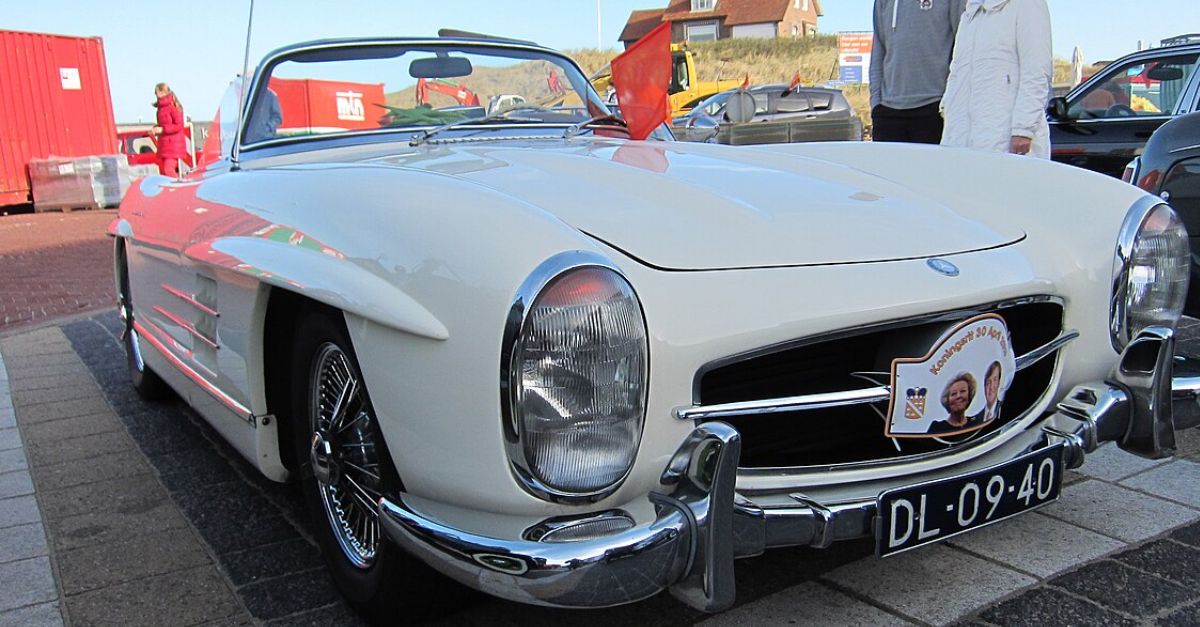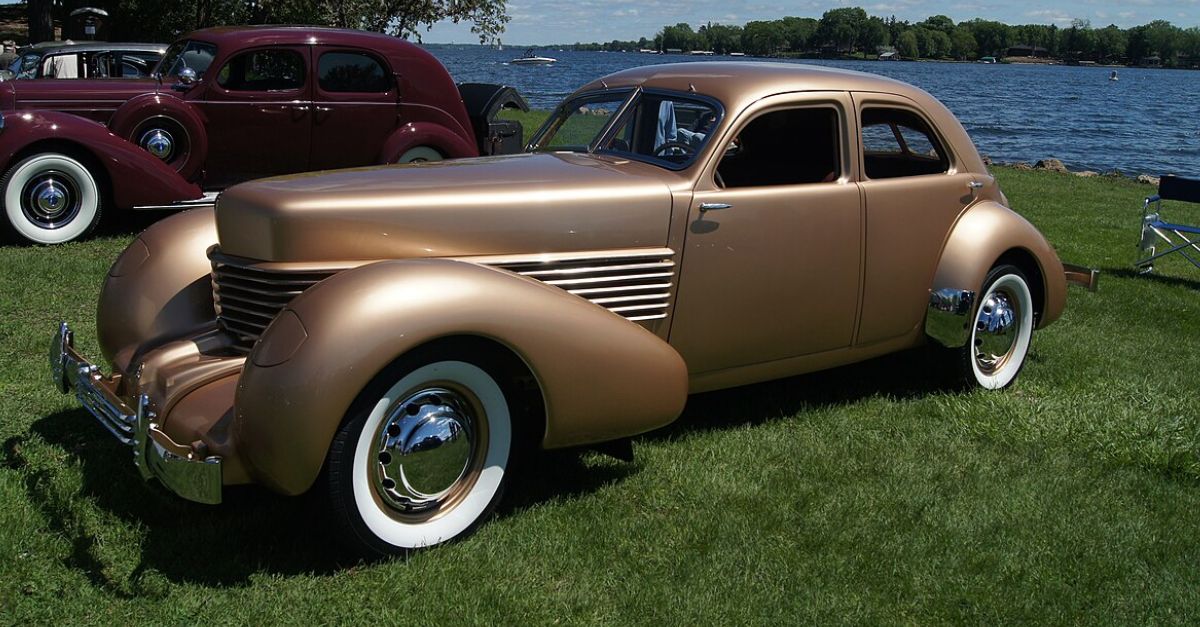They Crash In Resale Worth
Some of the world’s most luxurious cars become financial sinkholes faster than you'd expect. Priced like status symbols but valued like used appliances, these vehicles suffer silent crashes in resale markets.

Jaguar I‑PACE
Once a promising electric alternative, the Jaguar I‑PACE quickly lost market traction. Limited range and software glitches impacted consumer trust, and despite initial praise, resale values collapsed fast. Its rapid fall highlights how quickly early EVs can become outdated and unappealing.
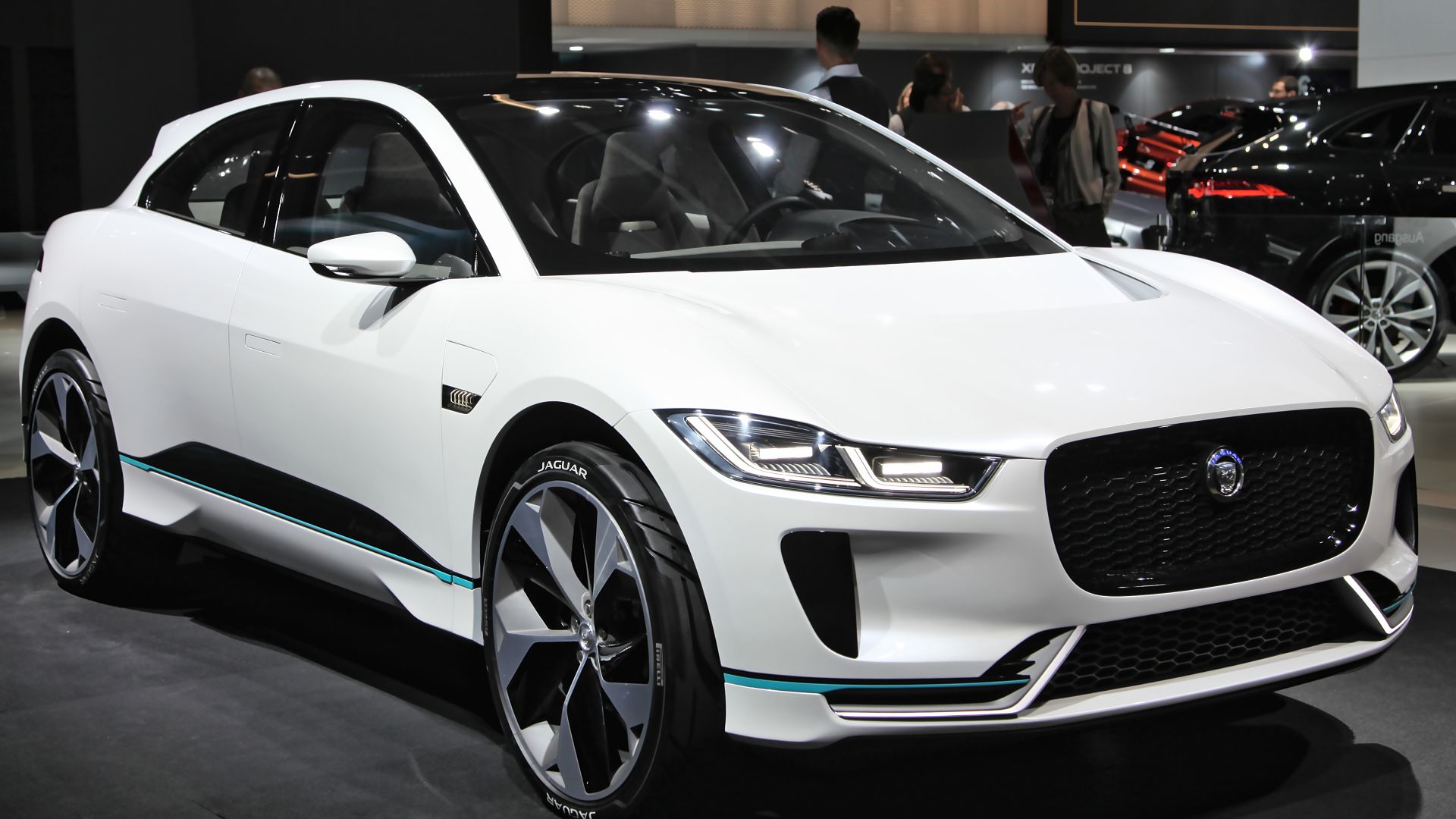 Alexander Migl, Wikimedia Commons
Alexander Migl, Wikimedia Commons
Tesla Model S
As one of the fastest-depreciating vehicles on the market, the value of the Tesla Model S is expected to see a decrease of almost 71% after 5 years of purchase. Since new buyers can get government incentives, buying a used Model S isn’t justified.
Maserati Quattroporte
Depreciation strikes hard when prestige isn’t backed by reliability. The Maserati Quattroporte, while visually stunning and performance-driven, suffers from high maintenance costs and limited dealer support. Five-year devaluation hovers near 70% according to CarEdge, largely due to minimal demand in the pre-owned luxury market, even among brand enthusiasts.
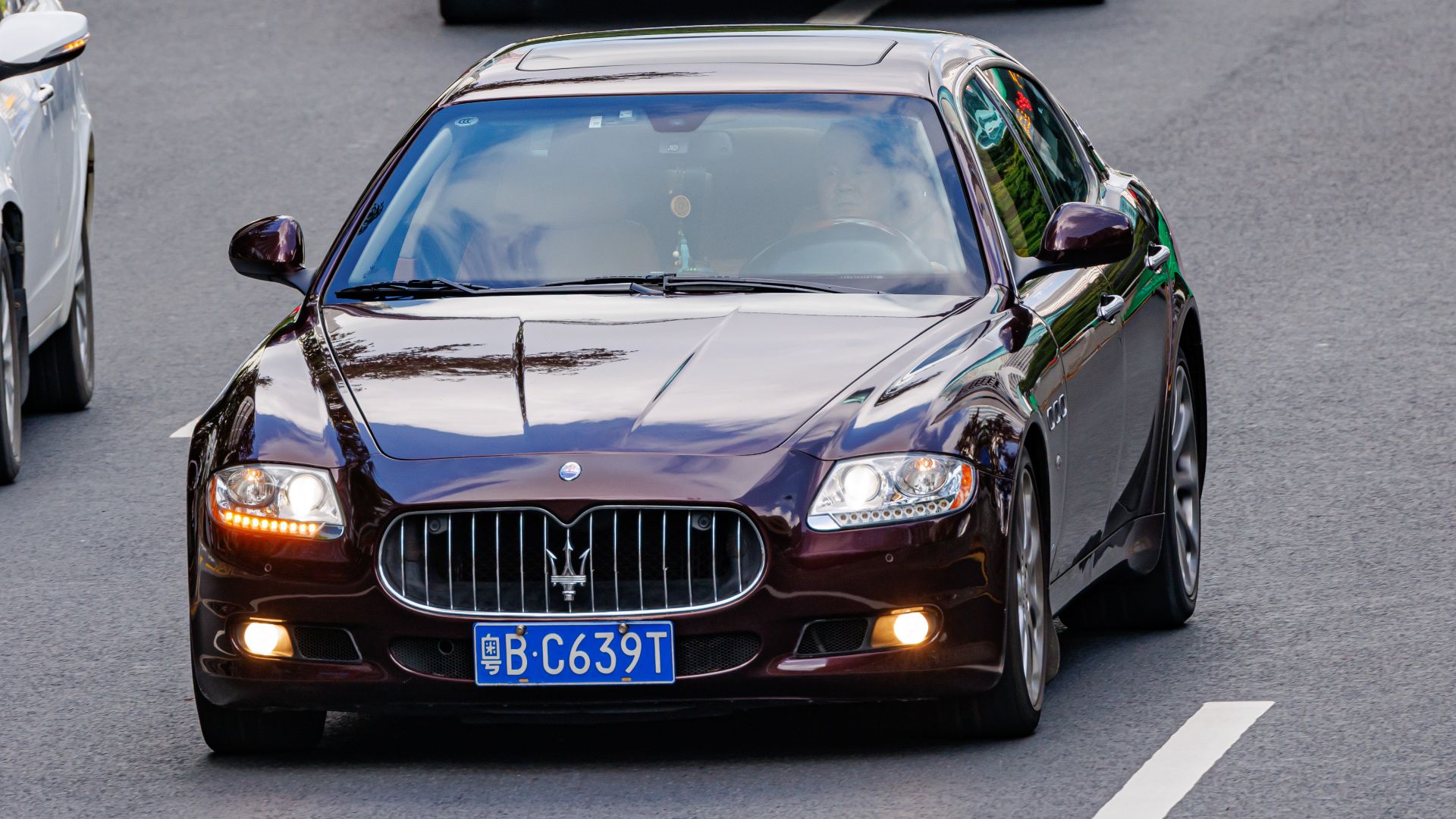 Dinkun Chen, Wikimedia Commons
Dinkun Chen, Wikimedia Commons
BMW 7 Series
Leasing saturation and expensive upkeep make this executive sedan a risky long-term investment for new buyers. In BMW’s luxury hierarchy, the 7 Series is supreme, yet it loses value astonishingly fast. Packed with technology features and complex systems, the model is prone to quick obsolescence.
BMW 5 Series Hybrid
Although it’s a strong performer in its class, the hybrid variant of BMW’s 5 Series loses value faster than expected. Advancements in electrified drivetrains leave older models looking outdated. When combined with costly repairs and lower demand, devaluation rates deter buyers seeking long-term value in a luxury hybrid.
 Tokumeigakarinoaoshima, Wikimedia Commons
Tokumeigakarinoaoshima, Wikimedia Commons
BMW 5 Series (Gas Only)
The gas-only BMW 5 Series delivers a refined, executive driving experience, but rapidly sheds value in the resale market. Frequent model refreshes and high maintenance costs drive used buyers away. This places it among the less rewarding long-term investments in the midsize luxury sedan market.
Infiniti QX80
Many are drawn to the QX80’s bold styling and spacious interior, but resale tells a different story. Lacking the brand prestige of its German competitors, the Infiniti suffers from limited desirability in the used market. Within five years, depreciation approaches 69%, which makes it one of the least value-retaining large SUVs.
Cadillac Escalade ESV
Few SUVs match the Escalade ESV in presence, yet its market demand decreases quickly after purchase. High operating costs and model oversaturation contribute to steep price drops. While popular among fleet and livery services, private resale demand remains weak, and hurts long-term investment prospects for individual luxury buyers.
 Alexander-93, Wikimedia Commons
Alexander-93, Wikimedia Commons
Maserati Ghibli
Elegant style and sporty intentions couldn’t save the Ghibli from rapid price decline. Positioned to compete with the BMW 5 Series and Mercedes E-Class, it lags behind in tech and dependability. Used car shoppers remain cautious, driving resale values down by 66% just five years after initial purchase.
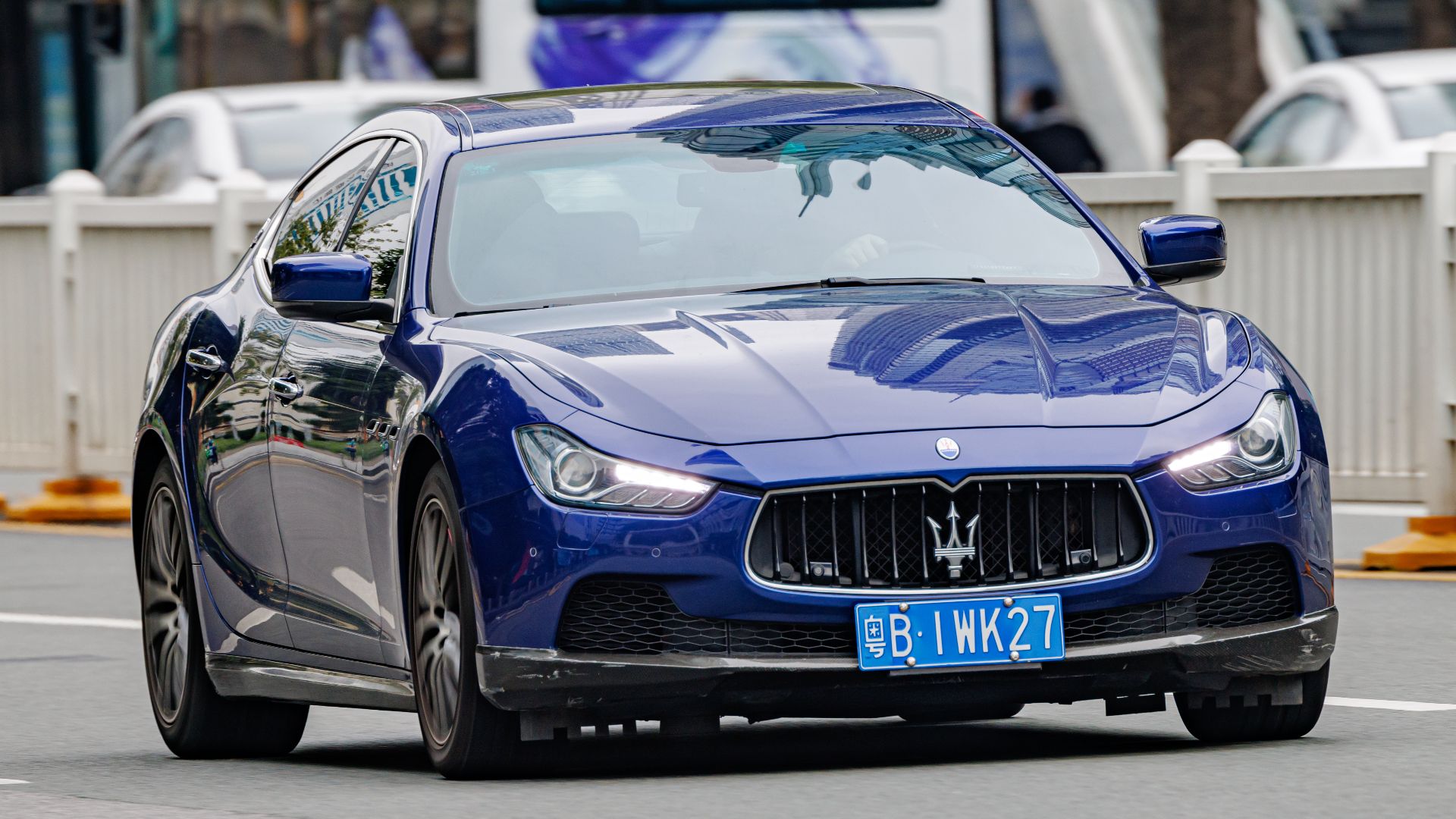 Dinkun Chen, Wikimedia Commons
Dinkun Chen, Wikimedia Commons
BMW X5 Hybrid
Hybrid variants of the X5 offer performance and efficiency, but struggle to retain value. Buyers often prefer newer tech or fully electric options and leave older hybrid models behind. Moreover, maintenance complexity and evolving emissions standards push this model out of favor in the used market.
 Alexander Migl, Wikimedia Commons
Alexander Migl, Wikimedia Commons
Jaguar XF
Although elegant and refined, the Jaguar XF has failed to earn loyalty among second-hand buyers. Recurring reliability concerns and shrinking dealership networks contribute to its rapid decline. In five years, devaluation is around 52%, which is a challenging proposition for anyone seeking enduring value in a sedan.
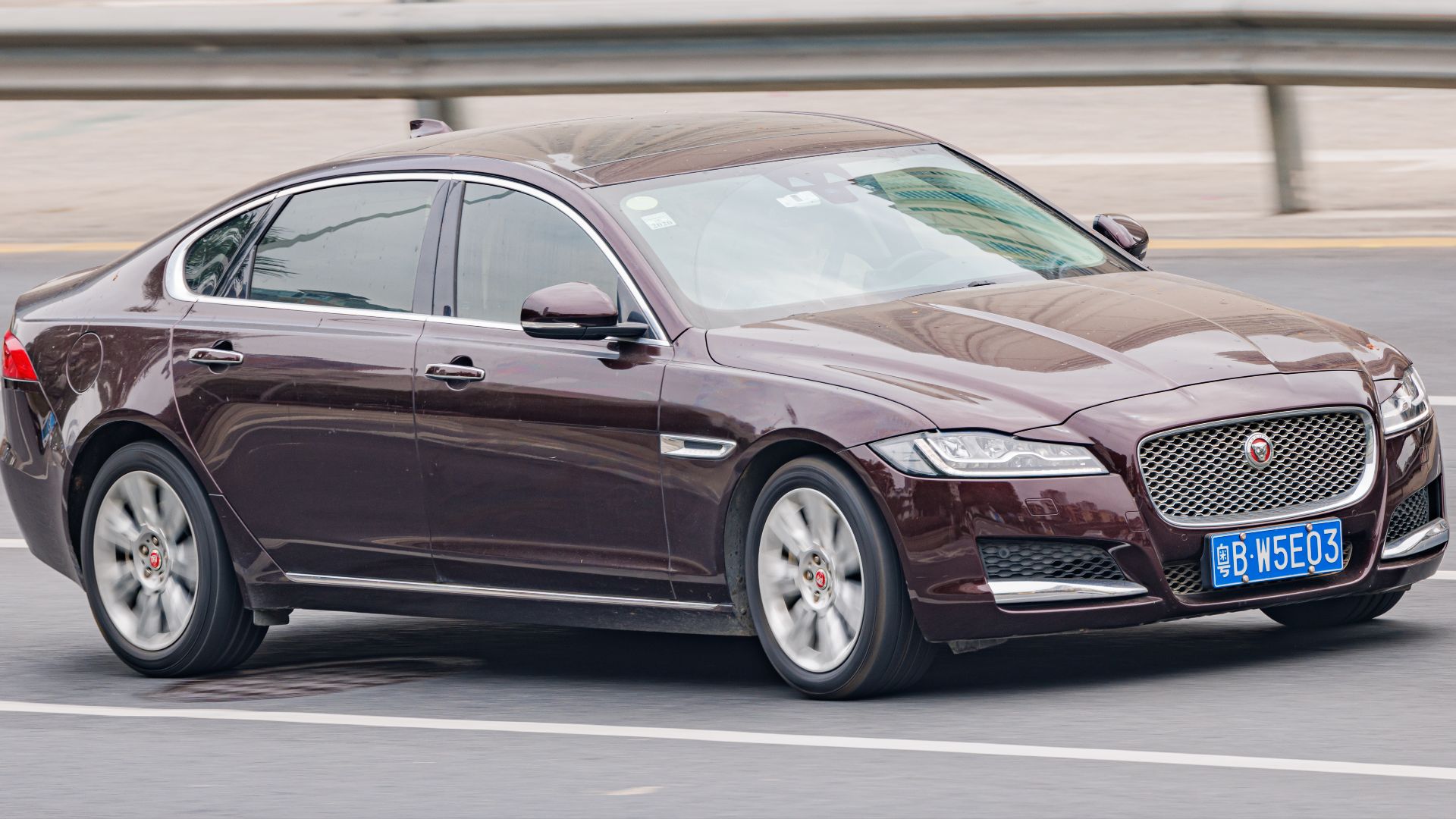 Dinkun Chen, Wikimedia Commons
Dinkun Chen, Wikimedia Commons
Land Rover Range Rover
Famed for its all-terrain prowess and upscale design, the Range Rover also ranks among the worst in value retention. Chronic reliability issues and expensive servicing drive buyers toward newer models. This shows that even iconic SUVs aren’t immune to the pressures of ownership costs and perception.
Mercedes-Benz GLE500
The GLE500 impresses with advanced technology and a refined ride. Nevertheless, it struggles with long-term value. Market saturation floods listings, which diminishes resale appeal. With a high five-year depreciation rate, it’s one of Mercedes’ fastest-declining SUVs, despite its initial popularity among new buyers.
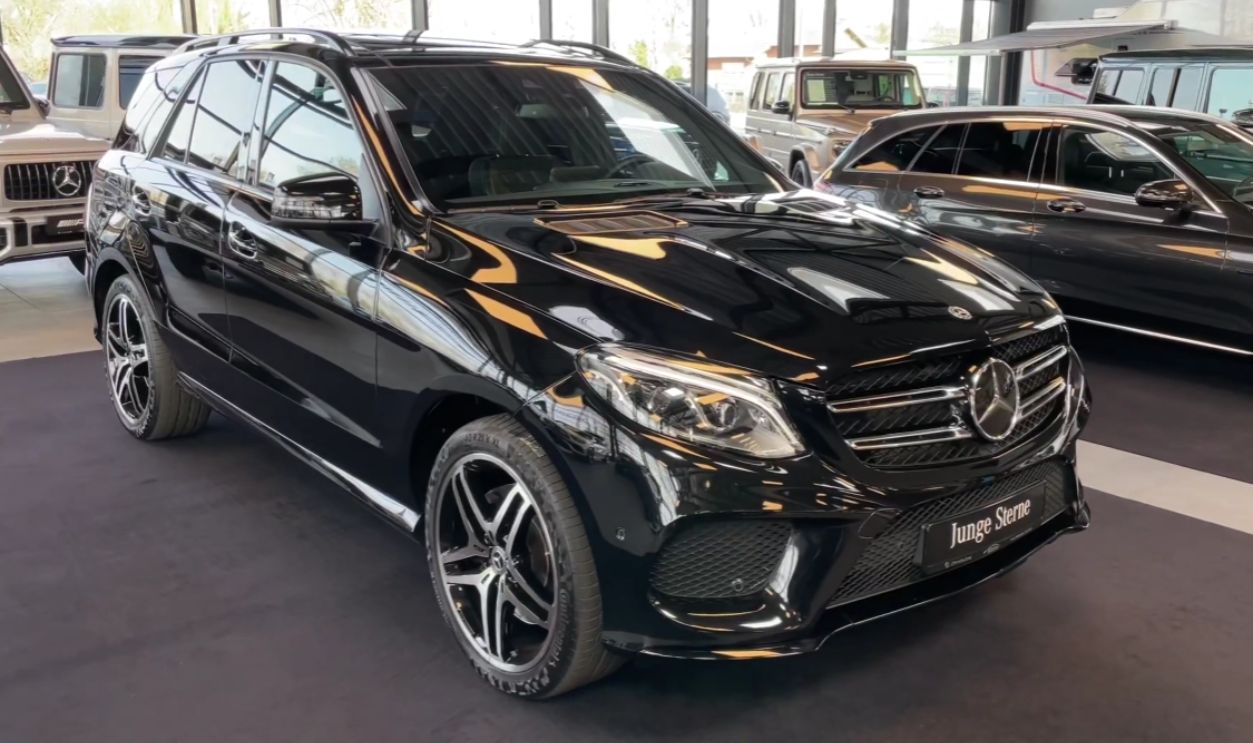 17376 Mercedes-Benz GLE 500 4MATIC by Paul Lüske GmbH | Mercedes-Benz PKW Service
17376 Mercedes-Benz GLE 500 4MATIC by Paul Lüske GmbH | Mercedes-Benz PKW Service
Mercedes-Benz S-Class
As Mercedes’ flagship, the S-Class sets standards in technology and comfort but not in value retention. Its complex systems and relentless model updates make older units less desirable. The devaluation reflects the challenges of keeping pace with innovation in the ultra-luxury sedan segment.
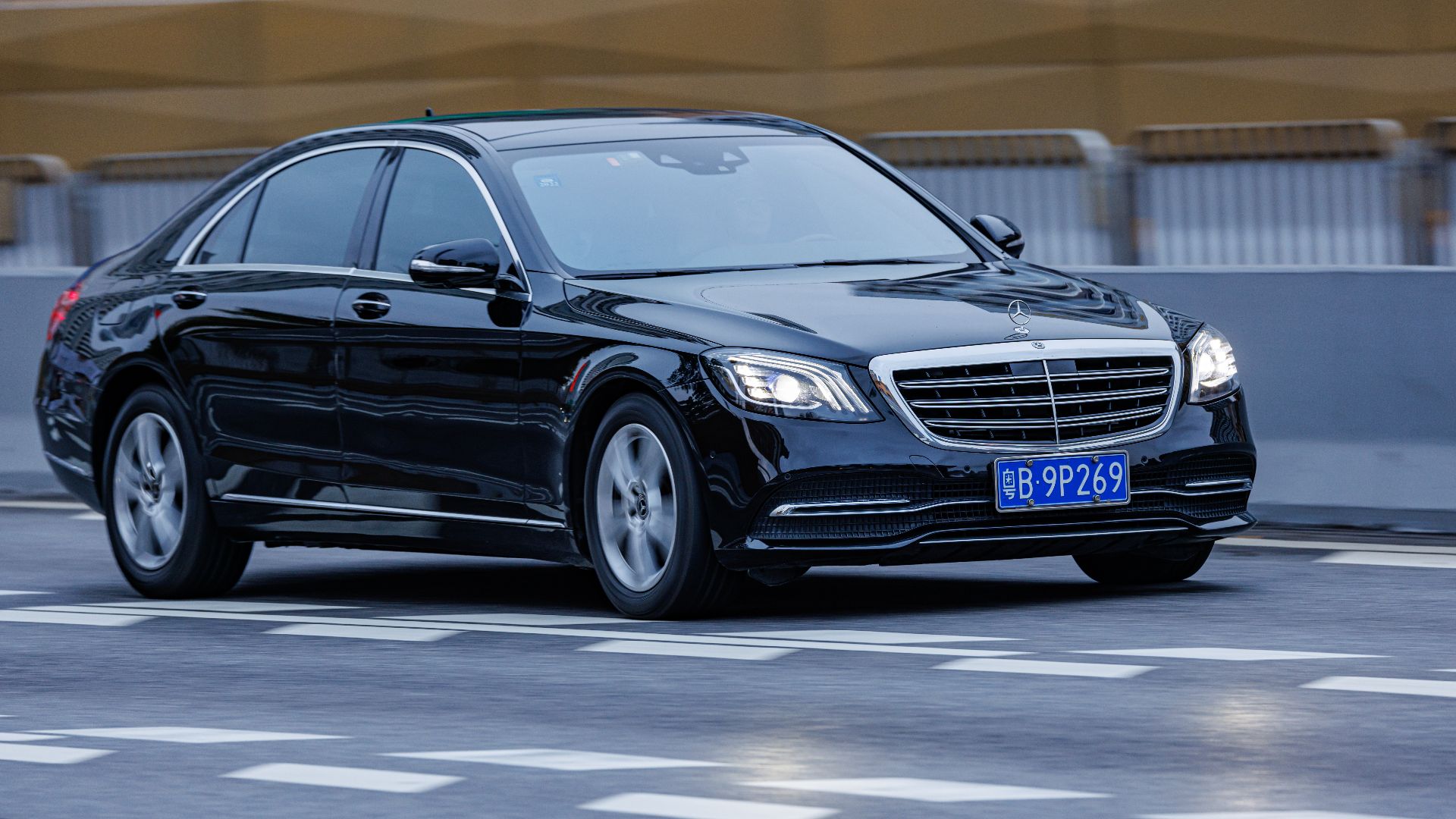 Dinkun Chen, Wikimedia Commons
Dinkun Chen, Wikimedia Commons
Audi A8
Audi’s A8 fails to hold most of its price despite its advanced engineering. Competing against newer electric alternatives and facing limited used-market demand, the A8’s resale values plunge significantly. This highlights the disconnect between executive luxury appeal and long-term financial sustainability.
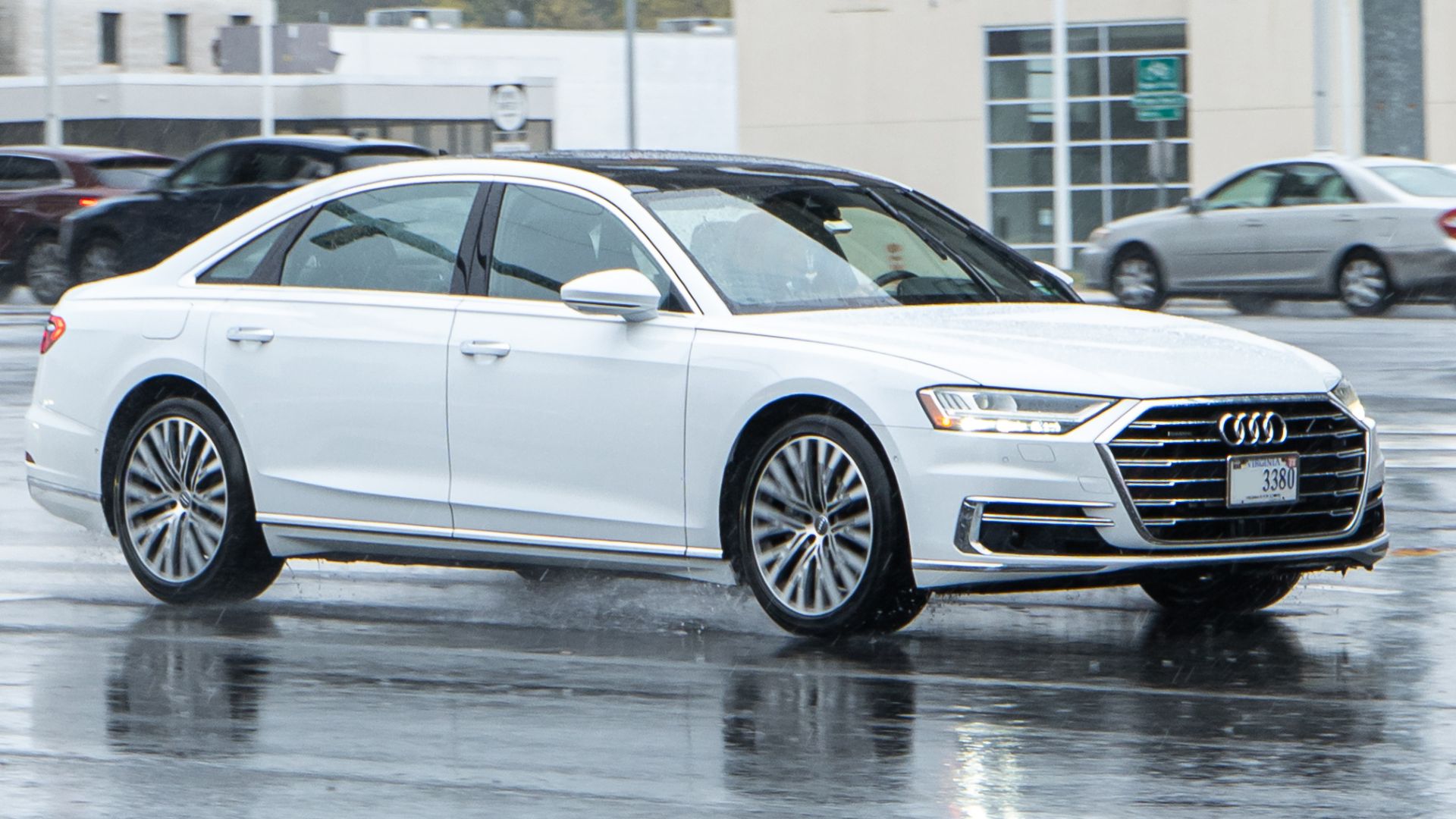 OWS Photography, Wikimedia Commons
OWS Photography, Wikimedia Commons
Mercedes-Benz E-Class
Praised for comfort and performance, the E-Class remains a staple in the luxury midsize segment. However, its abundance in the market and fast-paced tech upgrades contribute to depreciation nearing 52% in five years. While reliable, its resale performance suffers as newer models consistently outshine prior generations in features and efficiency.
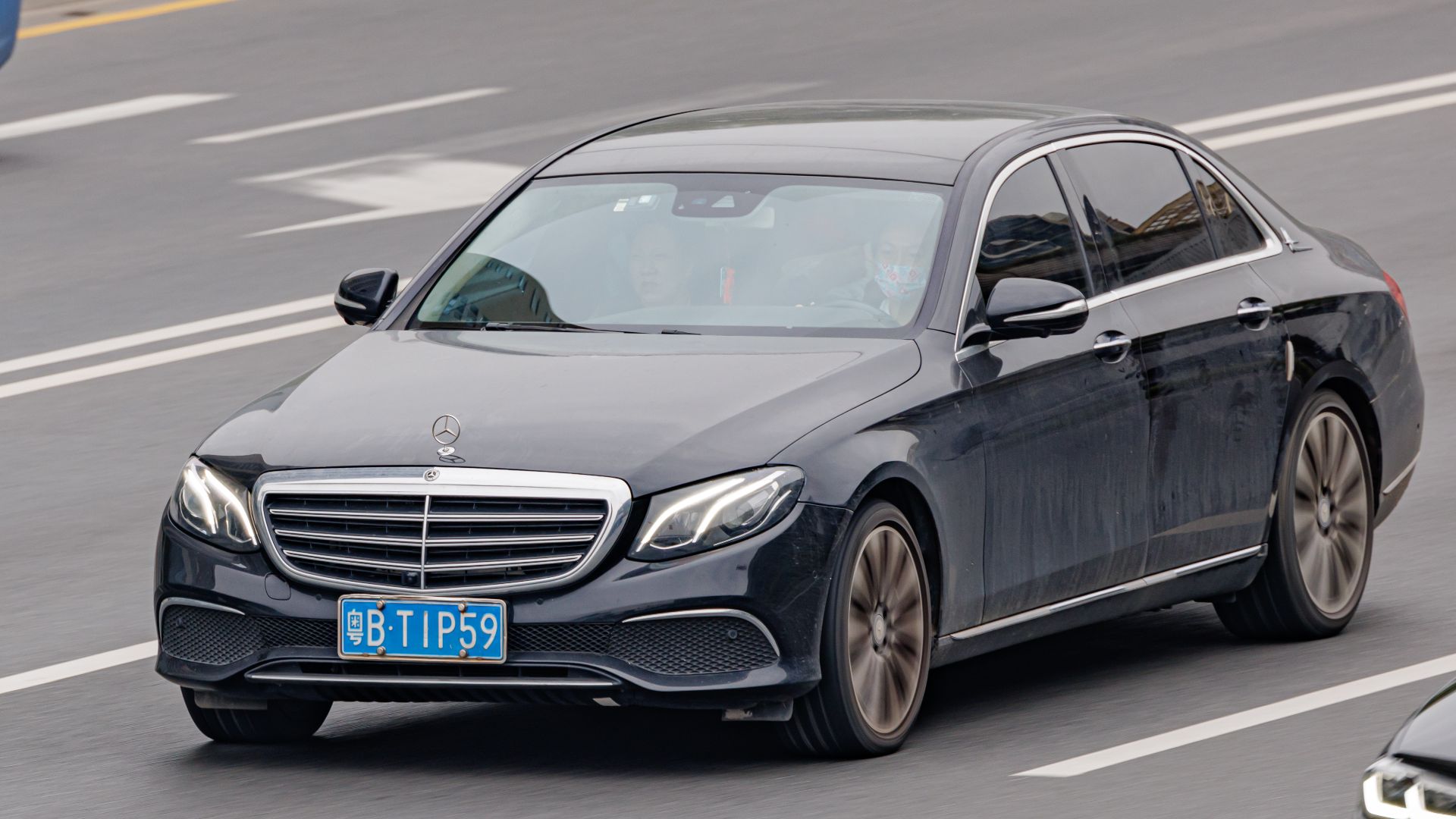 Dinkun Chen, Wikimedia Commons
Dinkun Chen, Wikimedia Commons
Porsche Panamera
The Panamera merges sports car DNA with executive comfort, yet its resale price is a massive concern. Expensive running costs and stiff competition from EVs erode demand. The vehicle’s five-year value losses signal that even performance pedigree can’t guarantee retained worth in today’s rapidly evolving luxury vehicle market.
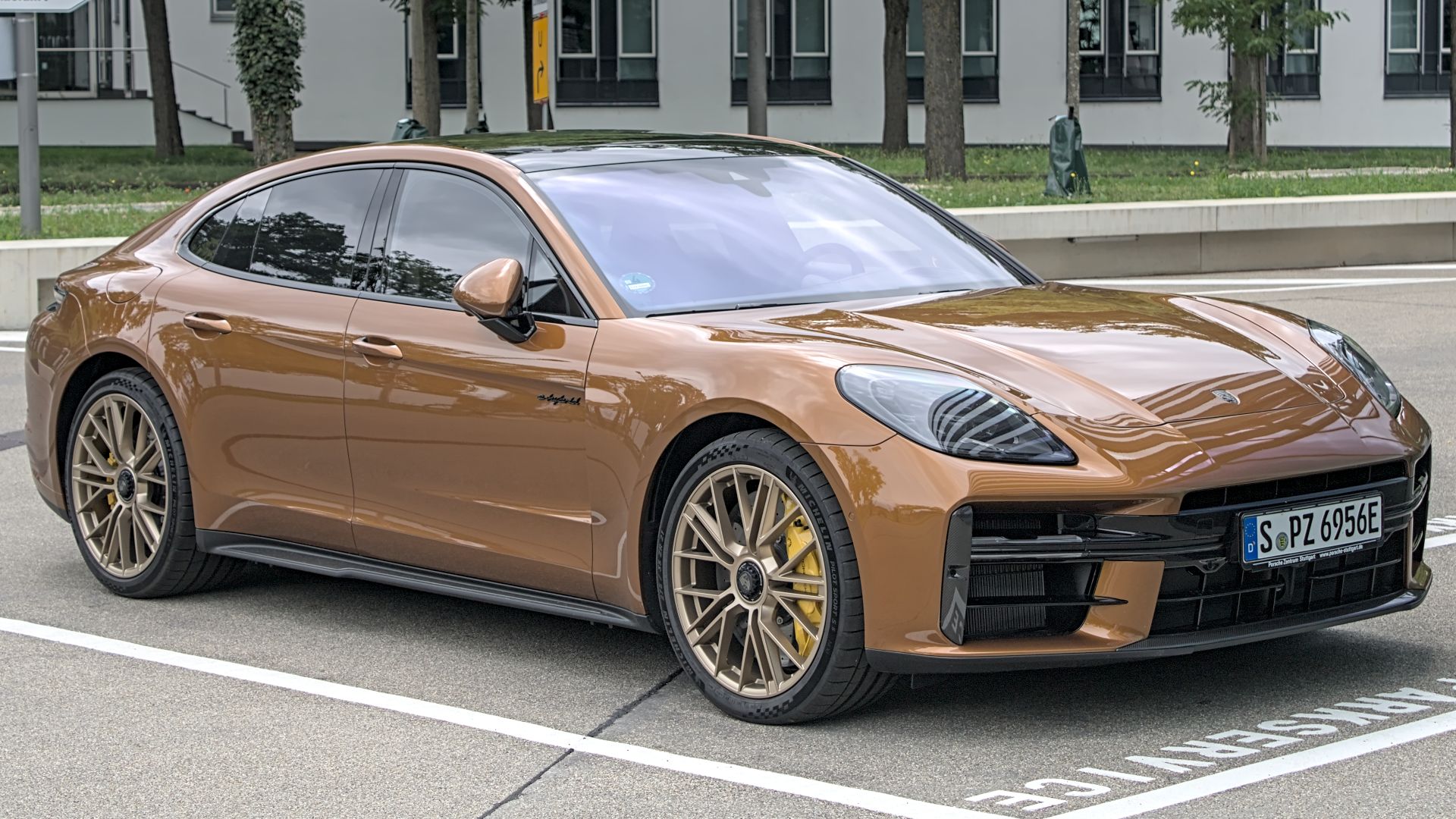 Alexander-93, Wikimedia Commons
Alexander-93, Wikimedia Commons
BMW i3
With a futuristic design and carbon fiber frame, the BMW i3 pioneered compact electric mobility. However, limited range and rapid EV advancements diminished its relevance quickly. This vehicle quickly became one of the least value-retaining electric vehicles in the luxury segment despite early innovation.
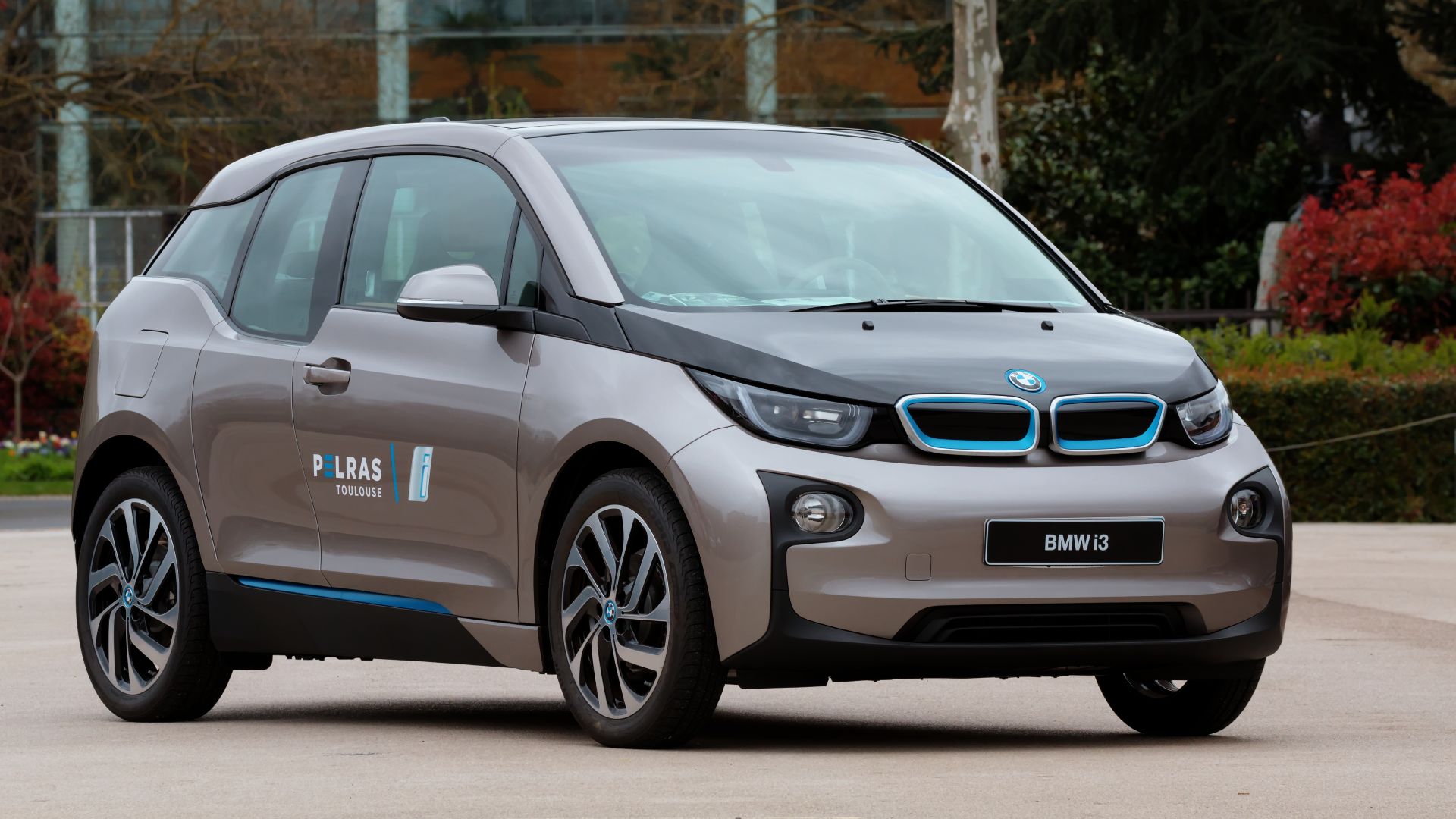 Pierre-Selim Huard, Wikimedia Commons
Pierre-Selim Huard, Wikimedia Commons
Aston Martin DBX
A 53% decline in price after 5 years is so high for such an expensive vehicle. Despite its elite brand and powerful V8, the Aston Martin DBX sees notable value loss early in ownership due to limited brand service infrastructure and expensive insurance premiums, which hurt resale appeal.
 Andrew Bone, Wikimedia Commons
Andrew Bone, Wikimedia Commons
Lexus LS
Lexus built the LS to rival European flagships with comfort and reliability. Nevertheless, its conservative design and slower tech evolution curbed younger market appeal. In recent years, resale values have dropped significantly, with many models facing steep depreciation as buyers shift toward flashier, tech-rich alternatives in the full-size category.
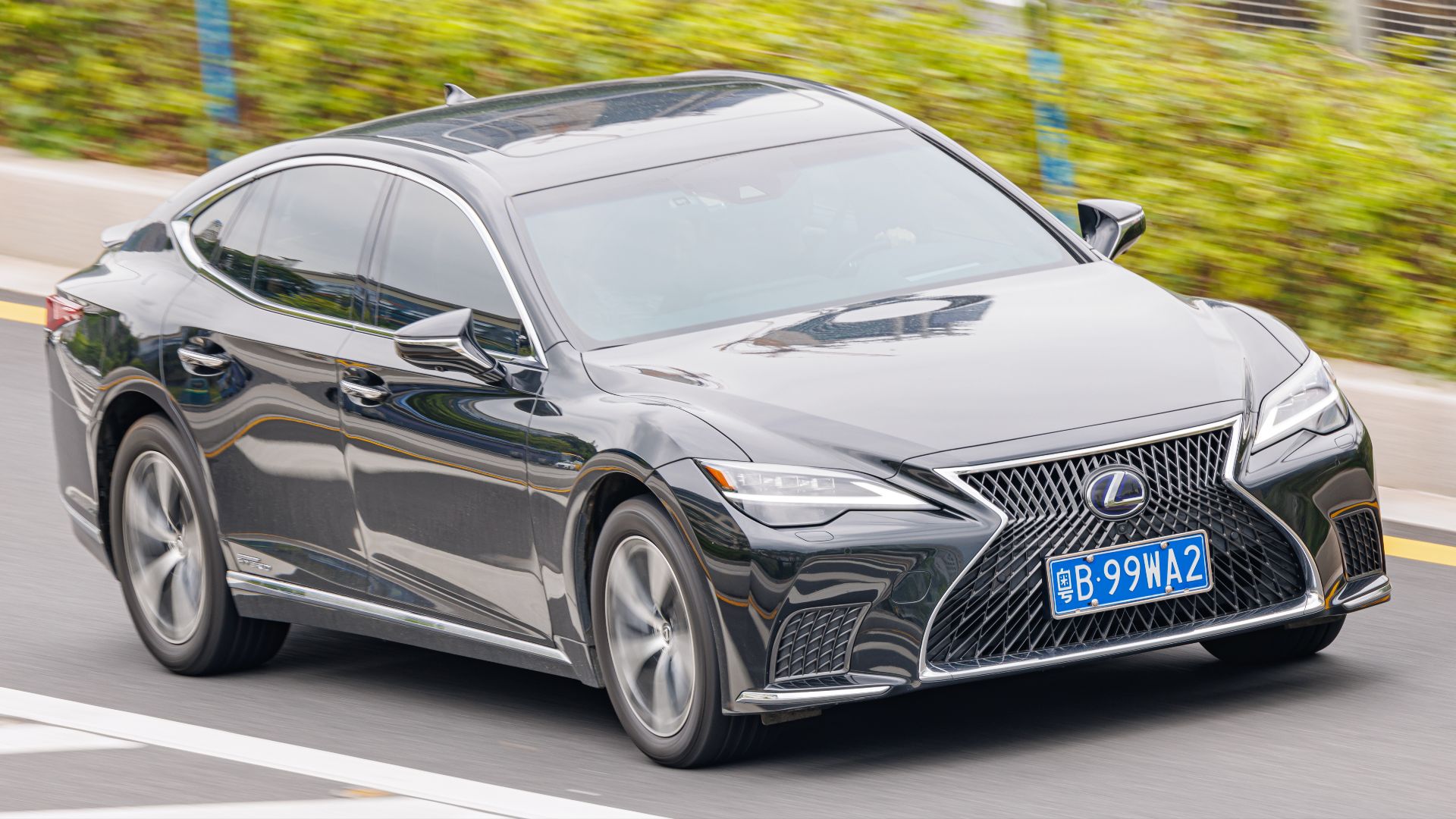 Dinkun Chen, Wikimedia Commons
Dinkun Chen, Wikimedia Commons
Mercedes-Benz GLS
Positioned as a top-tier family SUV, the Mercedes GLS excels in comfort and tech. Yet, frequent redesigns and stiff competition lead to quicker-than-expected devaluation. This is driven by buyer preference for newer models with the latest infotainment and fuel economy upgrades.
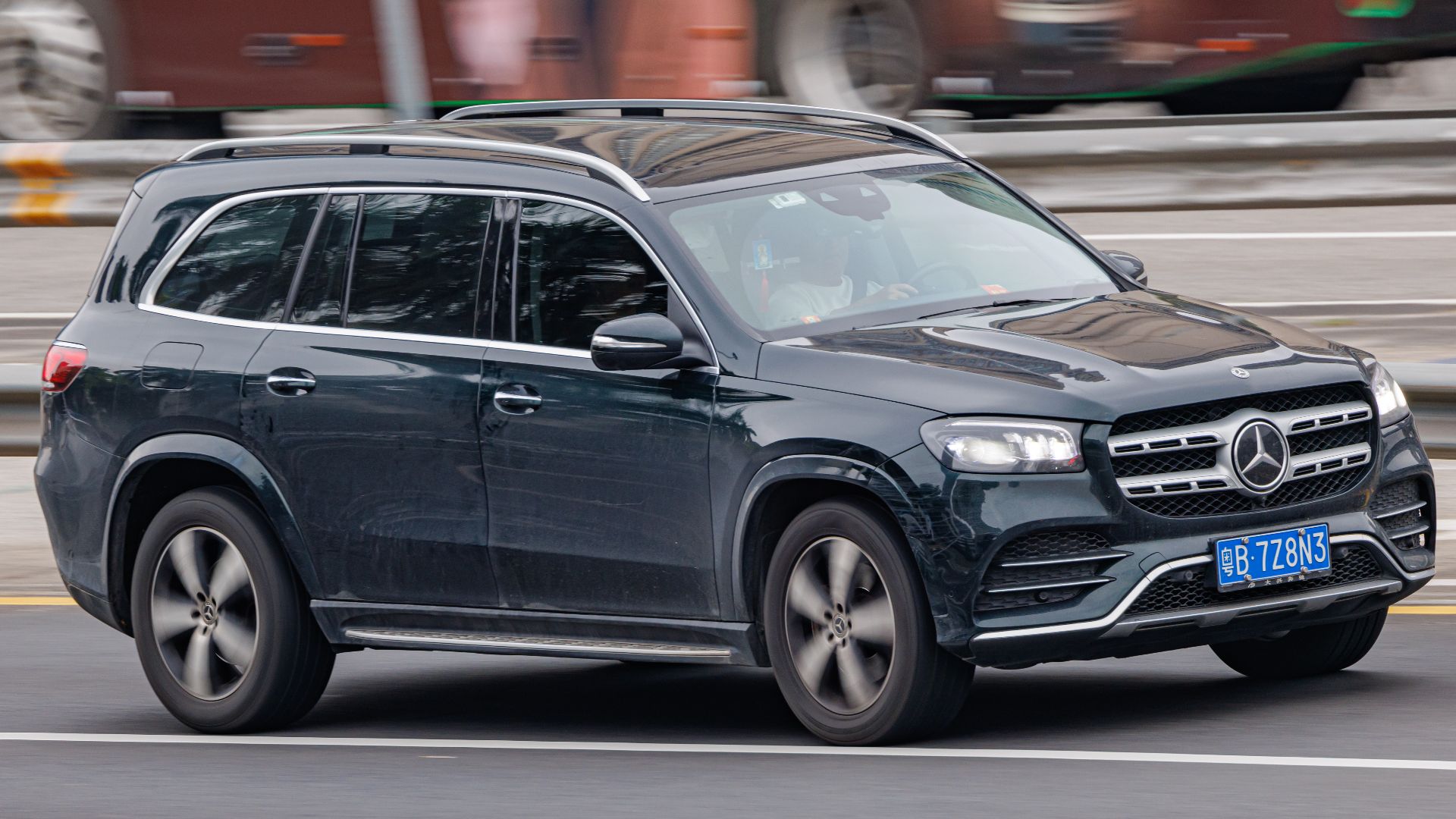 Dinkun Chen, Wikimedia Commons
Dinkun Chen, Wikimedia Commons
BMW i7 XDRIVE60
The i7 XDRIVE60 debuted with bold styling and superior tech, but early resale listings reveal significant price drops. While celebrated for innovation, its high MSRP and polarizing design make it a tough sell used, and show how flagship EVs face immediate market recalibration.
 Alexander-93, Wikimedia Commons
Alexander-93, Wikimedia Commons
Maserati Levante
As Maserati’s luxury SUV entry, the Levante brings flair and performance. Yet its depreciation reflects buyer caution. Reliability issues and dated infotainment, in addition to expensive maintenance costs, diminish its appeal on the used market, where premium SUV buyers typically opt for more trusted alternatives.
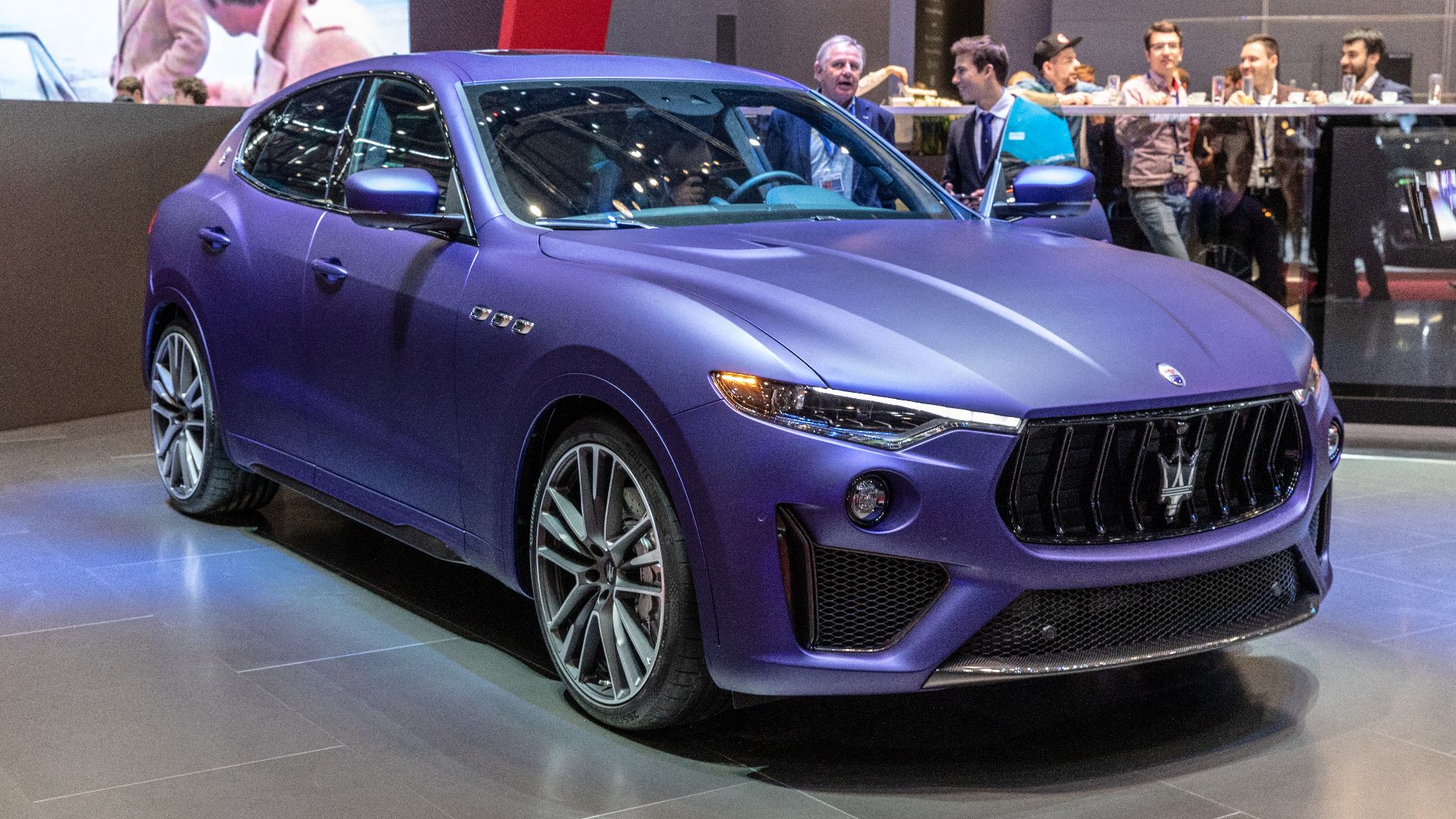 Matti Blume, Wikimedia Commons
Matti Blume, Wikimedia Commons
Tesla Model 3
After 5 years, this car is expected to see a decrease in its resale value by 59%. Initially hailed as game-changers, the Model 3 now faces accelerated price decline. This happens due to overproduction and increasing competition from newer EV brands, which impacts resale values.
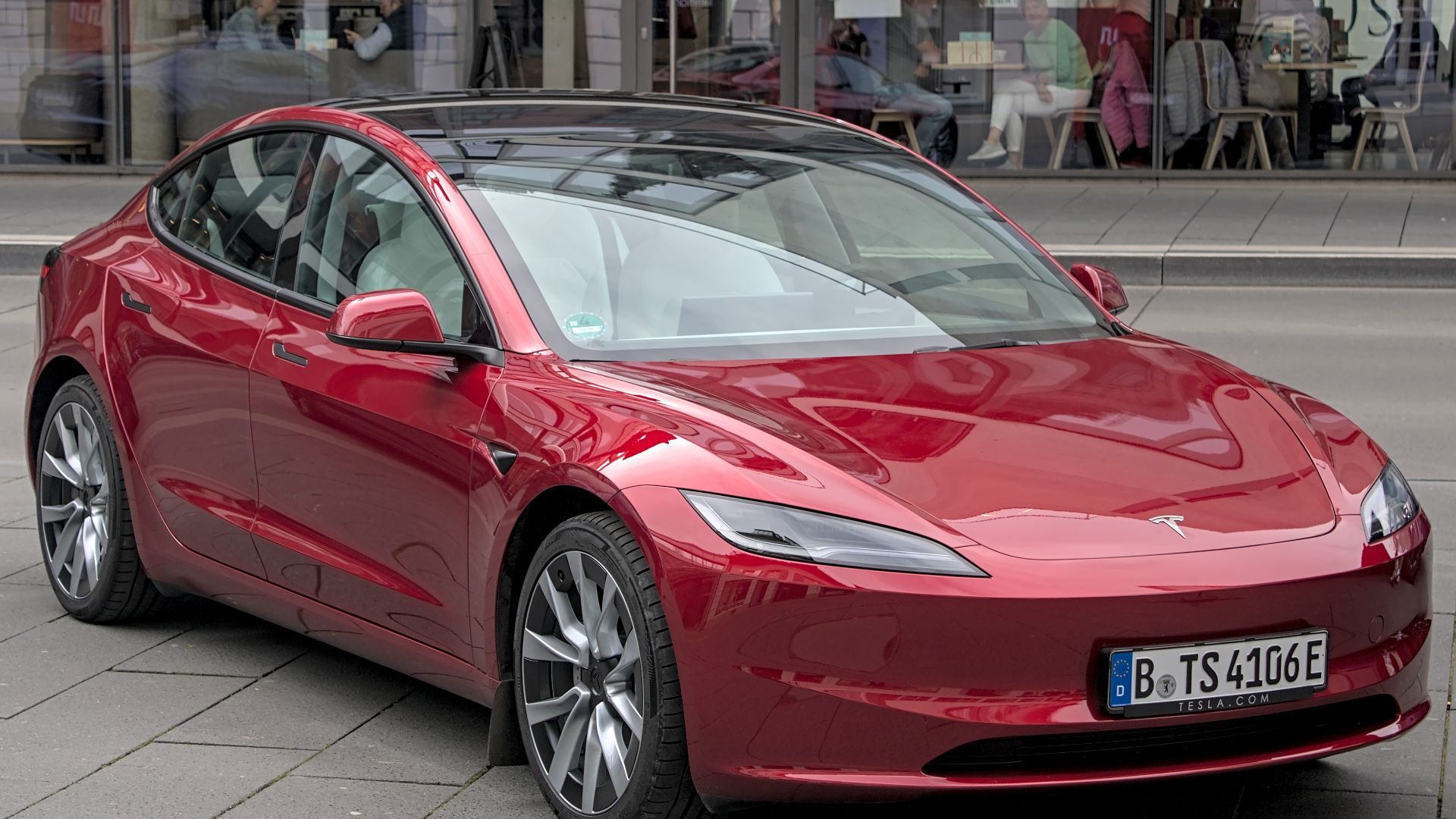 Alexander-93, Wikimedia Commons
Alexander-93, Wikimedia Commons
Cadillac XTS
Once a go-to for executive fleets and livery services, the Cadillac XTS depreciates rapidly in private hands. Overuse in commercial operations floods the used market, suppressing second-hand demand. Buyers cite outdated design and underwhelming performance as reasons for the value decrease.
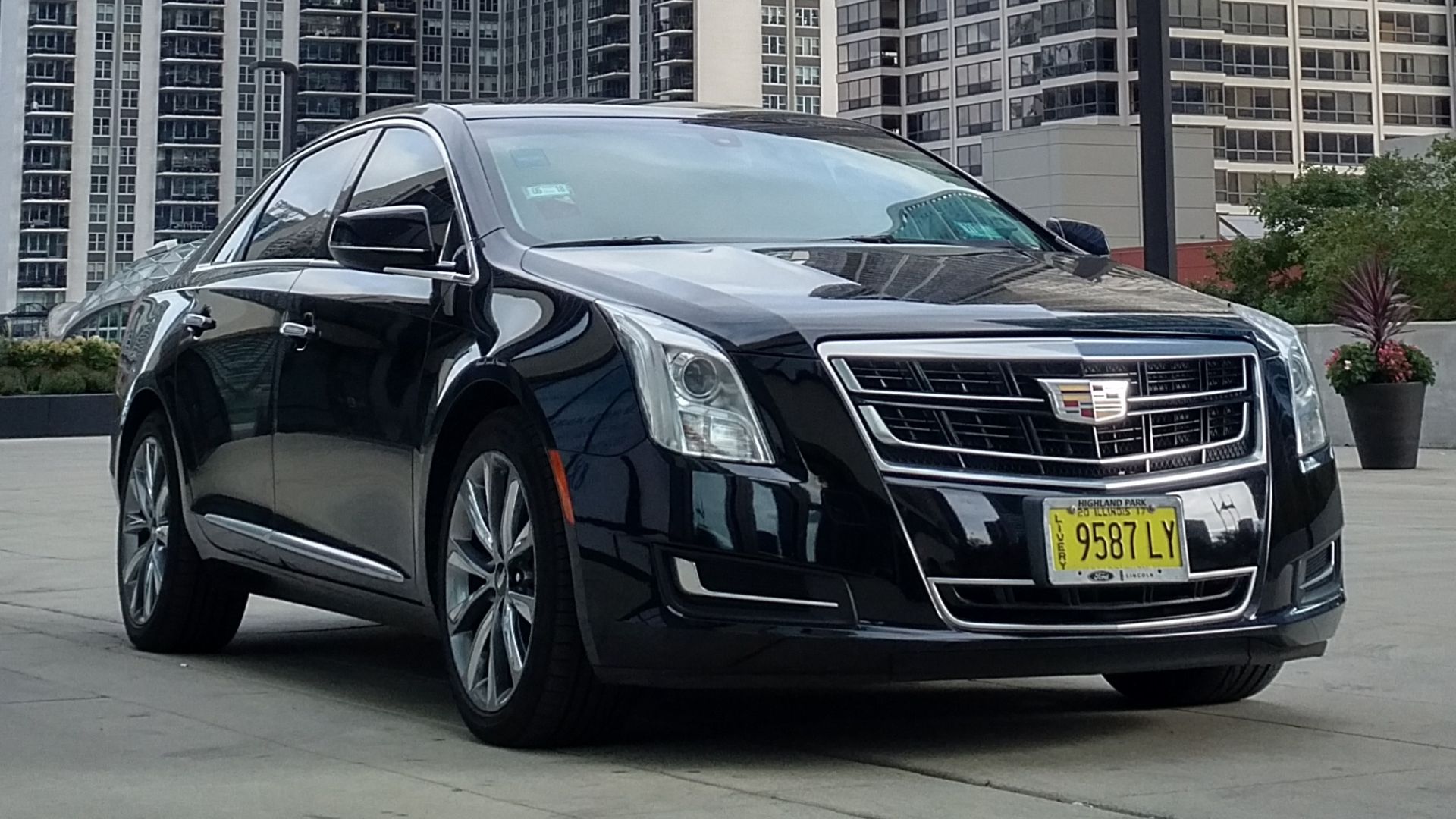 Ruben de Rijcke, Wikimedia Commons
Ruben de Rijcke, Wikimedia Commons

